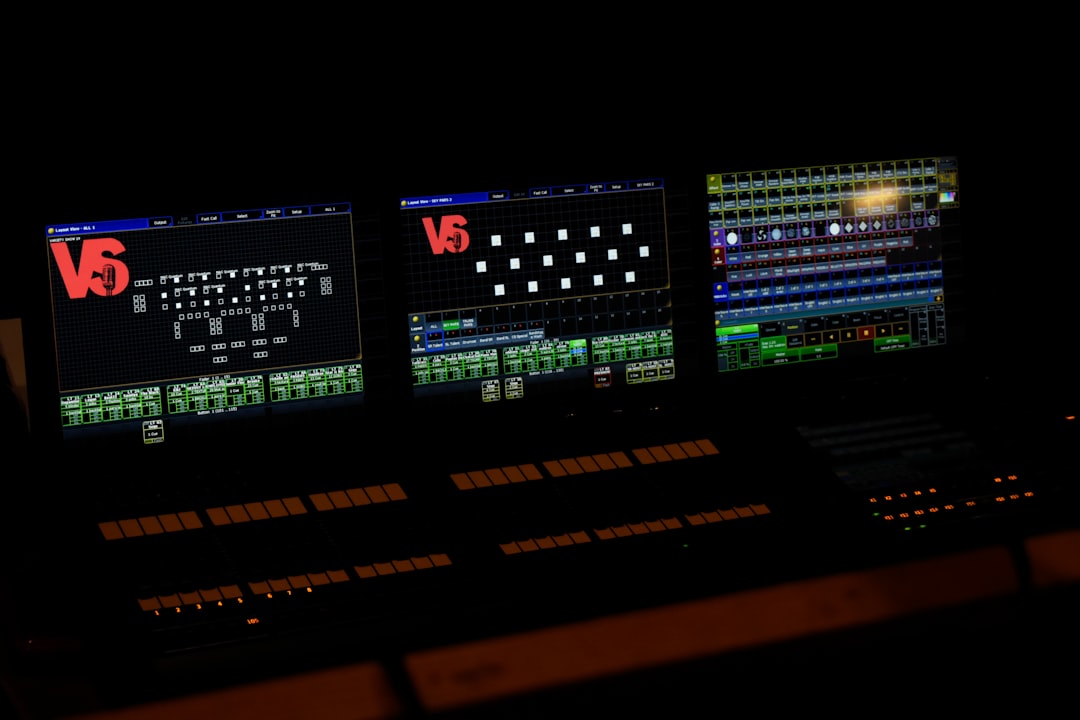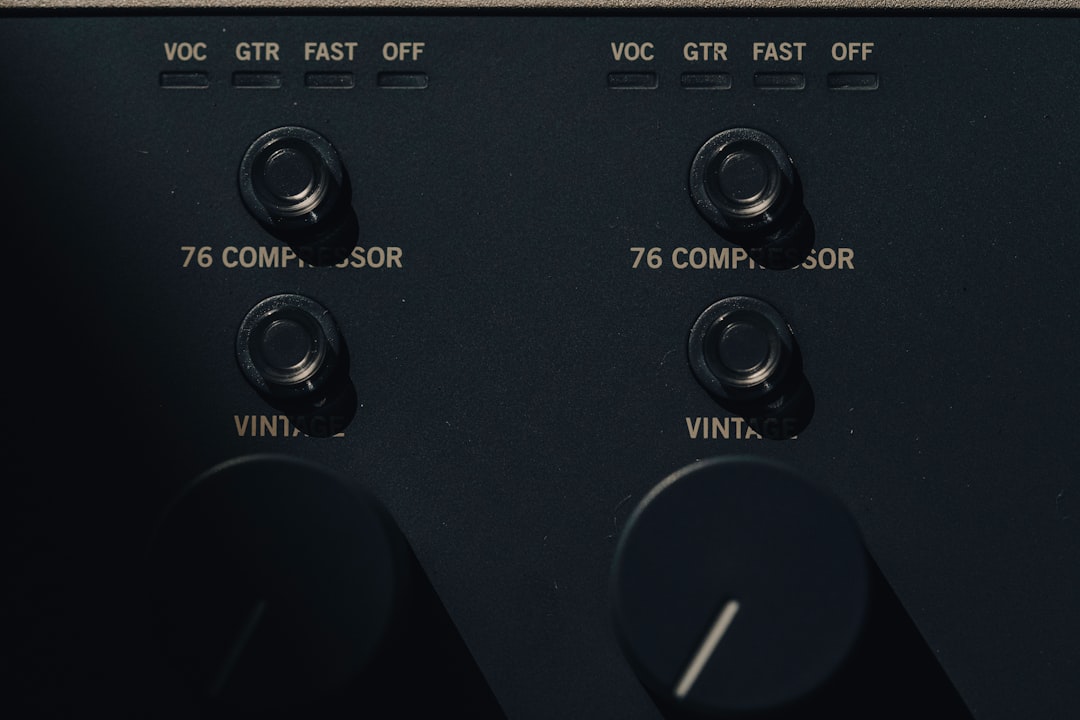VLC Media Player is one of the most versatile and widely-used multimedia players available today. Its compatibility with virtually every video and audio format makes it a favorite among users of all skill levels. One of its lesser-known but incredibly valuable features is the frame-by-frame playback mode, which allows you to advance through your video one frame at a time. This functionality is essential for video editors, quality control reviewers, and anyone needing precise control over video playback.
In this article, we’ll guide you through step-by-step instructions on how to use VLC’s frame-by-frame feature effectively. Whether you’re analyzing video footage, capturing the perfect still image, or reviewing specific scenes, frame-by-frame playback can provide pinpoint accuracy in any viewing session.
Understanding the Importance of Frame-by-Frame Playback
Every second in a video is made up of multiple frames. In standard video formats, you might be dealing with 24, 30, or 60 frames per second (fps). Being able to move through footage one frame at a time gives you an extremely detailed look at what’s happening in each second of video. This is key for:
- Video editing: Precisely cutting scenes or marking in and out points
- Animation analysis: Reviewing how motion and transitions flow
- Sports replay: Examining each moment for actions or fouls
- Film study: Exploring visual techniques used by directors or cinematographers
Preparing VLC Media Player
Before you can make the best use of the frame-by-frame feature, make sure you have the latest version of VLC Media Player installed. You can download it from the official website:
https://www.videolan.org/vlc/index.html
Once installed, open the application. Let’s go step-by-step from here.
Step-by-Step: Using Frame-by-Frame Playback
Step 1: Open Your Video File
Start VLC Media Player and open the video you want to analyze. To do this:
- Click on Media in the top-left corner.
- Select Open File and browse to your video file location.
- Select the file and click Open.
Step 2: Use the Frame-by-Frame Button
VLC offers a dedicated button to step through your video frame by frame. However, it might not be visible by default. Here’s how to access and use it:
- Click on View in the top toolbar.
- Select Advanced Controls. This will add a new row of buttons just above the standard playback controls.
- Look for the button that appears to be a “Pause” icon with a small vertical step. This is the Frame-by-Frame button.
- Pause your video and start clicking the frame button. Each click moves the video forward by one frame.
Using this feature lets you examine subtle movements or changes in individual frames. Perfect for scene dissection or analyzing physical movement.

Step 3: Use Keyboard Shortcuts for Faster Access
While the button works great, many users prefer keyboard shortcuts for efficiency. VLC has a built-in shortcut for frame advance:
- Ensure the video is paused.
- On your keyboard, press the E key. Each press advances the video by one frame.
This method is excellent if you’re doing extensive reviews and want to keep your hands on the keyboard.
Customizing Shortcuts
If you want to use a different key for frame-by-frame navigation or add additional shortcuts, VLC allows you to customize your hotkeys:
- Go to Tools in the menu bar.
- Select Preferences or press Ctrl + P.
- At the bottom, click the Hotkeys tab.
- Scroll down to find Frame by Frame.
- Double-click on the entry and press the new key you want to assign.
- Click Save to lock in your new shortcut.
This flexibility is extremely useful for power users who like to streamline their workflow.
Optional: Slowing Down Playback
If individual frame navigation is too tedious but you still want more detail than standard playback allows, you can decrease the playback speed:
- Click on Playback in the menu.
- Select Speed, then Slower.
- You can also press the – (minus) key as a quick shortcut.
This slows everything down so you can watch transitions unfold in ultra-slow motion before using the frame-by-frame feature when needed.
Use Case Scenarios for Frame-by-Frame Playback
1. Extracting a Single Frame for a Screenshot
If you want to capture a specific frame, this feature makes it super simple. Once you navigate to the perfect frame using the method above:
- Go to Video in the menu bar.
- Select Take Snapshot.
- Your snapshot will be saved in your default pictures folder or a directory specified under Preferences > Video.

2. Reviewing Security or Surveillance Footage
Those who work in security often need to analyze surveillance video for small details—something that only becomes possible with frame-level accuracy. Using VLC’s frame advancement, you can see minor movements or changes that standard playback speeds often miss.
3. Video Study for Academic or Training Purposes
Whether you are studying filmmaking, medicine (reviewing surgical footage), or another technical field, reviewing videos frame by frame allows for in-depth analysis. This is particularly useful for instructional breakdowns.
Quick Recap
Let’s quickly recap how to use this incredible feature:
- Open your video file in VLC.
- Enable Advanced Controls to view the Frame-by-Frame button.
- Use the “E” key or Frame button to move through the video one frame at a time.
- Customize hotkeys if needed through Preferences > Hotkeys.
- Take snapshots of specific frames using the Video menu.
Final Thoughts
The frame-by-frame playback feature in VLC Media Player is a simple but highly effective tool. While it may not be the first thing you think of when you open a video, its uses span a wide variety of fields and interests. Whether you’re editing a short film, dissecting a key moment in a sports match, or capturing the ideal image from your favorite movie, mastering this tool can elevate your video-processing skills.
Next time you open VLC, try stepping through your videos frame by frame—you may find new details you’d never noticed before. Sometimes, all it takes is one click to uncover a whole new layer of visual information.
